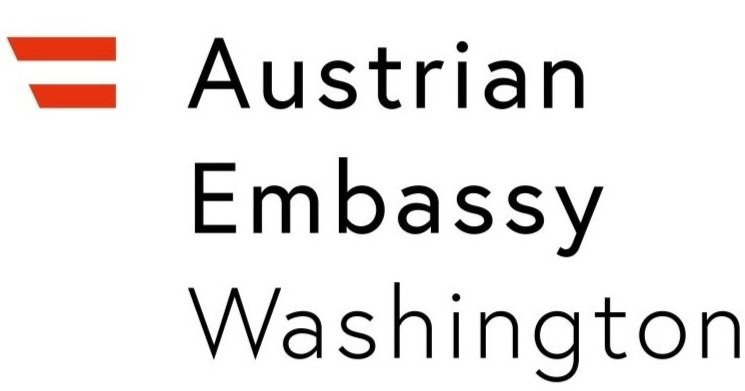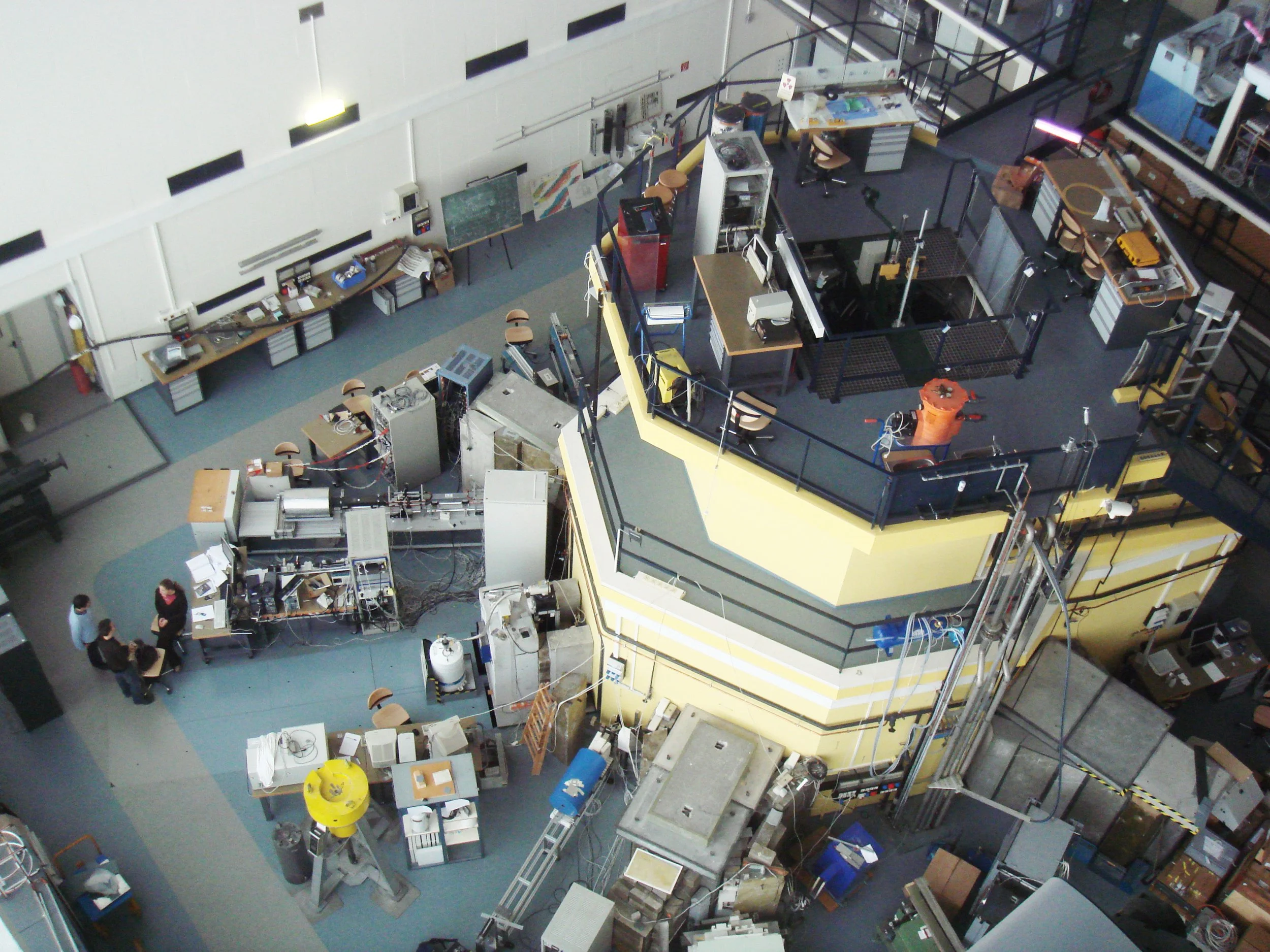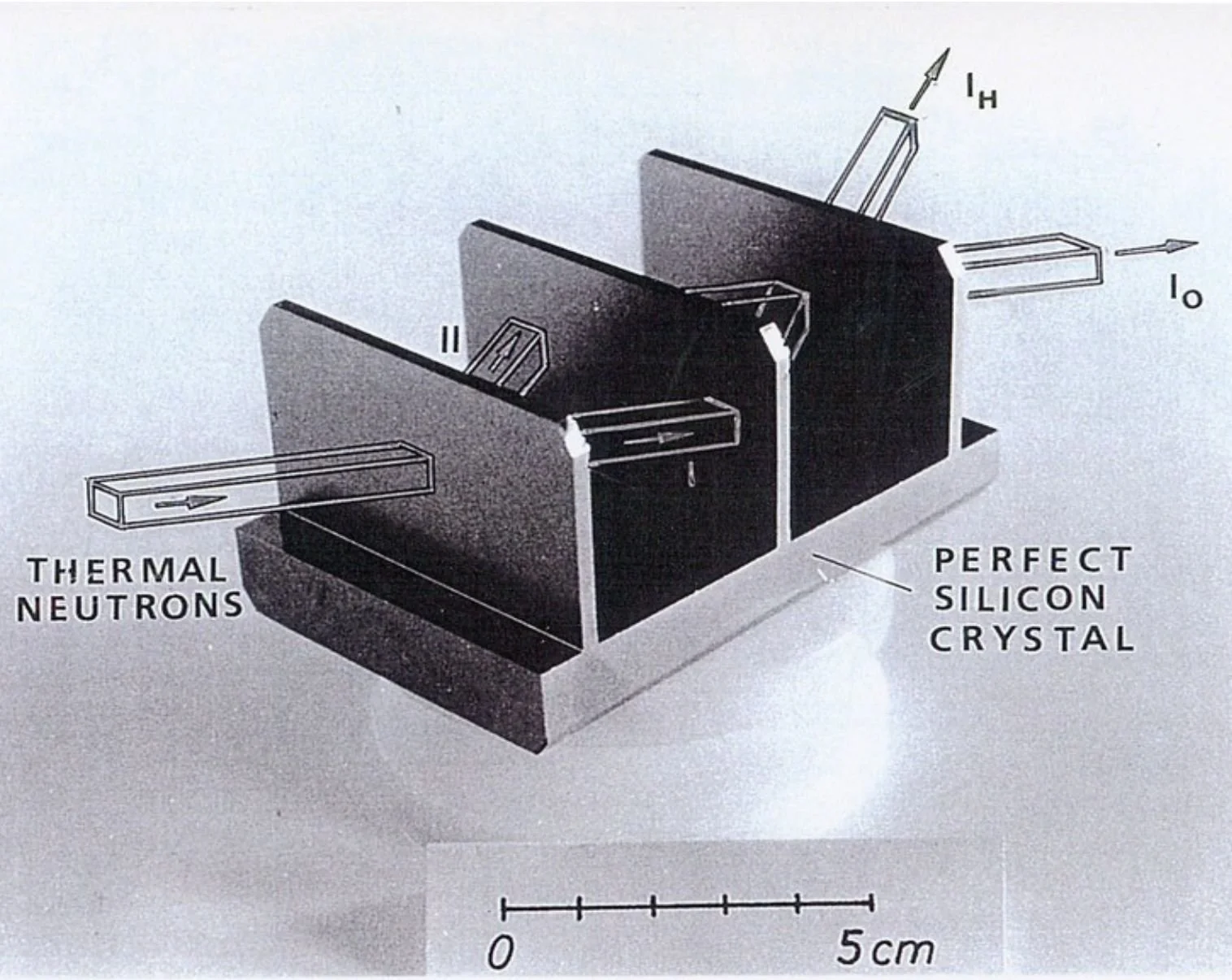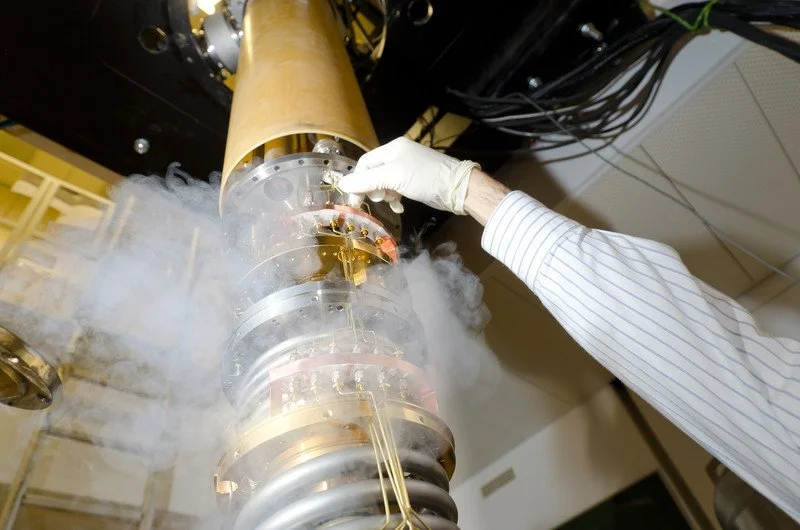Quantum Research at TU Wien
From black holes and the fundamental equations of the universe to applied technology: the spectrum of quantum research at TU Wien (Vienna) is particularly broad.
When TU Wien was founded over 200 years ago, nobody had ever heard of quantum physics. People were still deep in the age of classical mechanics, and the theory of electricity was more a collection of strange curiosities than a genuine scientific theory.
Since then, not only has physics changed completely, but also TU Wien, of course. Today, it is Austria's largest research and educational institution in the field of technology and natural sciences, with more than 4,000 scientists researching and teaching at eight faculties. Over 26,000 students are educated at TU Wien - including in a dedicated master’s program “Quantum Information Science and Technology”. The success of quantum research at TU Wien is reflected in numerous high-profile publications and prestigious international awards - including the Nobel Prize in Physics.
The Atominstitut (Institute for Atomic and Subatomic Physics) and its reactor
The Atominstitut of the TU Wien, which has been operating its own nuclear reactor in the Vienna Prater since 1962, plays a particularly important role in quantum research. The research reactor primarily serves as a neutron source. The neutrons it supplies are still used today to conduct numerous experiments in various sub-disciplines of physics - from fundamental questions of quantum theory to determining the age of historical artifacts.
The TRIGA MARK II research reactor at the Atominstitut of the TU Wien in 2010
Photo: TU Wien
However, the reactor in the Prater also has a special significance in the history of science. On January 11, 1971, Professor Helmut Rauch succeeded for the first time in using this reactor to send neutrons to their destination via two different, separate quantum-physical paths, where they superimposed on each other in a wave-like manner - important proof that even massive particles exhibit quantum-physical wave properties. This established an entirely new field of research - matter wave interferometry.
Neutron Interferometer, Helmut Rauch
Photo: TU Wien
Today, a wide range of fundamental physics questions are being investigated at the Atominstitut of TU Wien. Experiments are carried out with ultracold atomic clouds, which can be manipulated with the help of special atomic chips manufactured at TU Wien. Technologies are being developed in the fields of quantum communication, quantum information and quantum simulation. In hybrid quantum systems, quantum technology approaches are combined in new ways; classical electron microscopy is combined with modern methods of quantum metrology. Precision experiments are carried out to investigate the connection between quantum theory and gravity. They deal with particle physics, superconductivity, radiation protection and much more. This leads to some of the most fundamental questions in physics: What actually is time? Why does it only ever go in one direction? How does the world of small quantum particles relate to our world of large, everyday objects?
A particularly important breakthrough was achieved in 2024 in the field of quantum metrology: for the first time, a long-sought nuclear state of the element thorium was found and made suitable for technical use - an important prerequisite for high-precision measurements that can be used, for example, to build an atomic clock that can significantly exceed the precision of today's atomic clocks.
A laser beam changes the state of thorium nucleui, which are embedded in a crystal
Photo: TU Wien
From theoretical to applied
At the Institute of Theoretical Physics at TU Wien, very different areas of quantum theory are being examined. On the one hand, research is being conducted into fundamental interactions - the underlying forces of the universe are being investigated here using methods from quantum field theory and string theory. This makes it possible, for example, to draw conclusions about ultra-hot states of matter, as they existed immediately after the Big Bang or as they can be observed in collisions of heavy particles at CERN. The question of how quantum theory can be combined with the theory of relativity is also being investigated - for example, when it comes to open questions about cosmology and black holes.
At the same time, the Institute of Theoretical Physics is also researching the interaction between matter and light - a topic that has shaped quantum theory since Einstein's "light-quantum hypothesis" in 1905. Today, the equations of quantum theory can be used to calculate how atoms react to light pulses, which quantum effects can occur within different materials and how optical effects are related to electronic effects.
The Institute of Solid State Physics also uses the basic equations of quantum theory to calculate the properties of various materials. This often requires highly complex computer simulations, for which highly parallelized supercomputers are used. Experiments are also carried out on fundamental questions of quantum research - for example with quantum materials in the micro-Kelvin laboratory, which dramatically change their behavior at just below zero Kelvin.
Dilution refrigerator unit at the Vienna micro-kelvin Laboratory
Photo: TU Wien
Quantum research is also a central focus of the Institute of Applied Physics at TU Wien. For example, the properties of surfaces on an atomic scale are investigated in order to decipher which atomic physical effects influence the effectiveness of catalysts. The research field of surface physics also plays an important role in nuclear fusion research: in fusion reactors such as ITER in France, it is necessary to know exactly how high-energy quantum particles interact with the material of the reactor wall in order to predict whether the reactor wall can withstand the particle bombardment.
Chemistry, electronics, photonics - and the Nobel Prize
Of course, quantum research at TU Wien is not limited exclusively to the field of physics. Quantum theory is also crucial in the current fundamental research in the field of chemistry - for example in materials chemistry, when one wants to explain the exact mechanism of chemical reactions on different material surfaces. Or in theoretical chemistry, where new technologies are being developed to predict chemical reactions by calculation - now also using methods of artificial intelligence.
Quantum research has also become an integral part of electrical engineering, where semiconductor nanostructures or so-called “artificial atoms” are being developed from novel two-dimensional materials. The possibilities offered by quantum theory can be used to create certain electronic effects (such as in the field of spintronics) and develop new types of light sources - for example customized quantum cascade lasers that emit very specific wavelengths of light. New methods are being developed to control quantum systems in a targeted manner, and new types of quantum sensors enable high-precision measurements.
Prof. Ferenc Krausz conducted research at the Photonics Institute in the 1990s and broke world records in the process: using tricks from quantum physics, he succeeded in generating the shortest light pulses in the world and used them to study the behavior of electrons in atoms. In 2023, he was awarded the Nobel Prize in Physics for this work, which he had carried out with his team in the photonics laboratory in Vienna's Gusshausstrasse.










